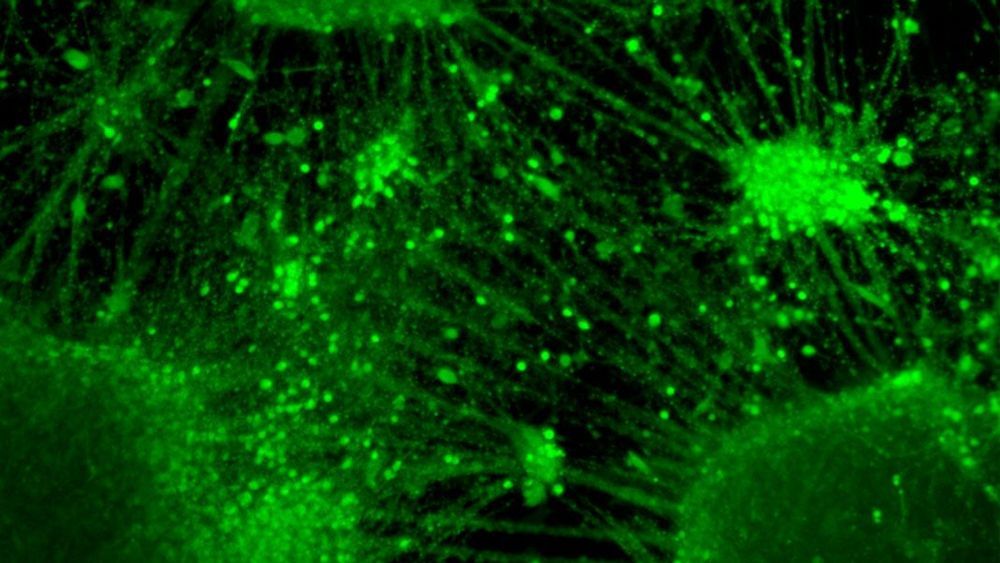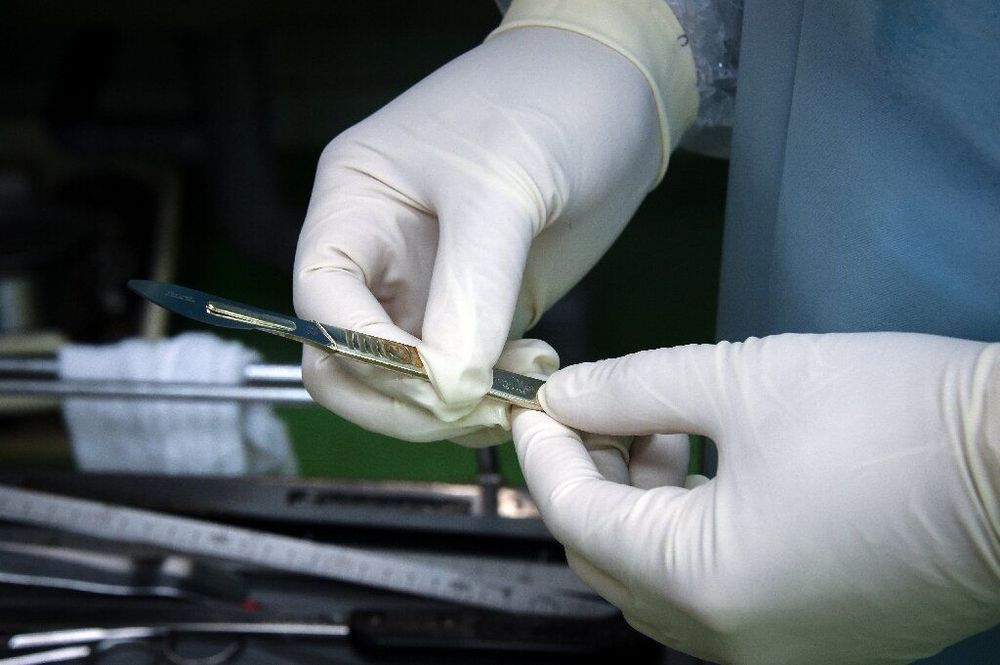A network of government-funded labs has spent the past 15 years searching for a drug that can slow down aging. The results have researchers excited.



A new section: Bitcoin ATM business model
has been added. Jump to “2019 Update”
The good news is that building a Bitcoin ATM is easy and less expensive than you might expect. But, offering or operating them engulfs the assembler in a regulatory minefield! It might just be worth sticking to selling bitcoin on PayPal (visit this website for more information on that). You might also wish to rethink your business model —especially user-demand. That’s the topic of our 2019 update at the bottom of this article.
A photo of various Bitcoin ATMs appears at the bottom of this article. My employer, Cryptocurrency Standards Association, shared start-up space at a New York incubator with the maker of a small, wall mounted ATM, like the models shown at top left.
What is Inside a Cryptocurrency ATM?
You could cobble together a Bitcoin ATM with just a cheap Android tablet, a camera, an internet connection, and [optional]: a secure cash drawer with a mechanism to count and dispense currency).* A receipt printer that can also generate a QR code is a nice touch, but you don’t really need one. You can use your screen for the coin transfer and email for a receipt.

Good Article
According to futurist and author Daniel Jeffries, there are five key factors missing for crypto to fully succeed as a technology. Will Libra be the end of the traditional financial order as we know it? Does it pose an existential threat to people’s freedom?
Get your Cointelegraph merch here: http://bit.ly/2X67nM7
Use this code for your 30% discount in our store: HODLERSDIGEST30
#Cointelegraph #Bitcoin #Crypto
Follow COINTELEGRAPH:

There’s a very un-sexy view of consciousness: our rich, meaningful inner experience of self and other is nothing but electrical and chemical chattering inside our brains.
If you, like many scientists, subscribe to this theory, then a difficult question naturally follows: at what point does electro-chemical activity in dissected brain-like tissue become conscious? Yes, I’m talking about the classic sci-fi “brain in a vat” scenario; no, we are absolutely not there.
But this week, a Japan-led study in Stem Cell Reports is raising some serious red flags. For the first time, a team carefully characterized the electrical chattering of neurons grown from a brain organoid and found that they spontaneously formed long-distance connections that allowed them to fire in synchrony. “Fire together; wire together” is a fundamental testament of learning in neuroscience. Because neurons in lab-grown minibrains can sync up their activity, analogous to how neurons hook up in our brains, it’s possible that the brain nuggets have the capability to support higher cognitive functions when they’re more mature.

Surgeons in Australia have managed to restore arm function in paralysed patients, allowing them to feed themselves, use tools and handle electronic devices, according to the results of a groundbreaking study released Friday.
Thirteen young adults who had suffered spinal injuries rendering them tetraplegic underwent several operations and intense physiotherapy in the largest ever application of a technique known as nerve transfer surgery.
A team of surgeons succeeded in attaching individual nerves from above the zone of the spinal injury to nerves below the trauma site. The functioning nerves were then used to stimulate paralysed muscles below the injury zone.

From the worst wildfires to water shortages in cities.